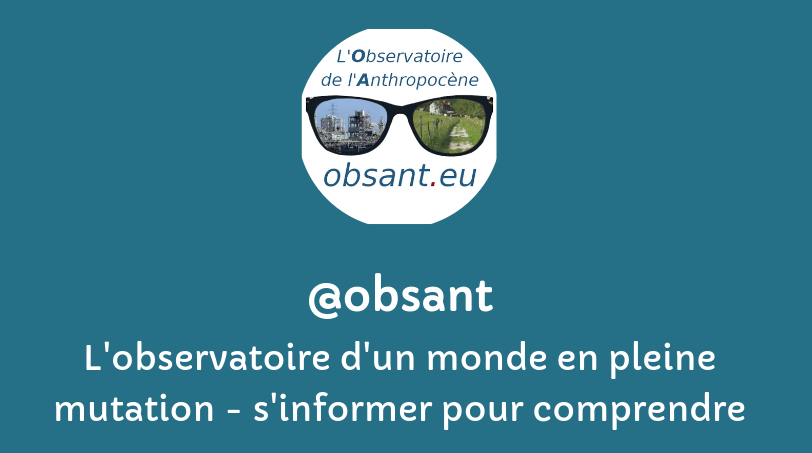Les champs auteur(e)s & mots-clés sont cliquables. Pour revenir à la page, utilisez le bouton refresh ci-dessous.
filtre:
plastique
Almost 100 countries reject draft treaty as ‘unambitious’ and ‘inadequate’
Russia’s war in Ukraine has encouraged a rapid increase in the deployment of drones that use fibre optic cables to protect them from being jammed or downed by electronic warfare: the drones trail kilometres of plastic cable across frontlines. In this post Leon Moreland explores the environmental risks posed by this new form of battlefield plastic pollution.
A microplastics and toxic chemicals expert says her family doesn't wear shoes at home. Microplastics from car tires and garbage, as well as street runoff, can be tracked indoors on shoes. The researcher thinks her kids' Japanese heritage helped them adopt the habit.
Microplastics have been found for the first time in human ovary follicular fluid, raising a new round of questions about the ubiquitous and toxic substances’ potential impact on women’s fertility. The new peer-reviewed research published in Ecotoxicology and Environmental Safety checked for microplastics in the follicular fluid of 18 women undergoing assisted reproductive treatment at a fertility clinic in Salerno, Italy, and detected them in 14.
Microplastics and nanoplastics may be present in food, primarily from environmental contamination where foods are grown or raised.
Microplastics are ubiquitous environmental contaminants for which there are documented human exposures, but there is a paucity of research evaluating their impacts on human health. We conducted a rapid systematic review using the “Navigation Guide” systematic review method. We searched four databases in July 2022 and April 2024 with no restriction on the date.
The contaminants have also recently been found in testes and semen amid concerns about falling male fertility
Jumping into the future head first, blindfolded, handcuffed, and in darkness
Plastics in the marine environment have become a major concern because of their persistence at sea, and adverse consequences to marine life and potentially human health. Implementing mitigation strategies requires an understanding and quantification of marine plastic sources, taking spatial and temporal variability into account. Here we present a global model of plastic inputs from rivers into oceans based on waste management, population density and hydrological information. Our model is calibrated against measurements available in the literature. We estimate that between 1.15 and 2.41 million tonnes of plastic waste currently enters the ocean every year from rivers, with over 74% of emissions occurring between May and October. The top 20 polluting rivers, mostly located in Asia, account for 67% of the global total. The findings of this study provide baseline data for ocean plastic mass balance exercises, and assist in prioritizing future plastic debris monitoring and mitigation strategies. Rivers provide a m
Microplastics and nanoplastics (MNPs) are emerging as a potential risk factor for cardiovascular disease in preclinical studies. Direct evidence that this risk extends to humans is lacking.
Scientists express concern over health impacts, with another study finding particles in arteries
Companies knew for decades recycling was not viable but promoted it regardless, Center for Climate Integrity study finds
Plastic waste in aquatic environments may be severely disrupting the reproductive behavior of marine animals.
Plastic debris is thought to be widespread in freshwater ecosystems globally1. However, a lack of comprehensive and comparable data makes rigorous assessment of its distribution challenging2,3. Here we present a standardized cross-national survey that assesses the abundance and type of plastic debris (>250 μm) in freshwater ecosystems. We sample surface waters of 38 lakes and reservoirs, distributed across gradients of geographical position and limnological attributes, with the aim to identify factors associated with an increased observation of plastics. We find plastic debris in all studied lakes and reservoirs, suggesting that these ecosystems play a key role in the plastic-pollution cycle. Our results indicate that two types of lakes are particularly vulnerable to plastic contamination: lakes and reservoirs in densely populated and urbanized areas and large lakes and reservoirs with elevated deposition areas, long water-retention times and high levels of anthropogenic influence. Plastic concentrations vary
Rivers are a major source of plastic waste in the oceans. We estimate that 1000 rivers, are accountable for nearly 80% of global annual riverine plastic emissions, which range between 0.8 – 2.7 million metric tons per year, with small urban rivers amongst the most polluting.
Recycled and reused food contact plastics are “vectors for spreading chemicals of concern” because they accumulate and release hundreds of dangerous toxins like styrene, benzene, bisphenol, heavy metals, formaldehyde and phthalates, new research finds.
In early May, a groundbreaking study from the University of California, San Francisco of 171 pregnant women found more than 9 in 10 had measurable amounts of 19 different chemicals and pesticides in their bodies. Researchers said many of those substances pass through the placenta and into developing fetuses, adding evidence to a National Institutes of Health report that warned babies are born "pre-polluted" with chemicals.
This report examines the economic and business models needed to address the impacts of the plastics economy.
Microplastic pollution reduces energy production in a microscopic creature found in freshwater worldwide, new research shows. Paramecium bursaria contain algae that live inside their cells and provide energy by photosynthesis. The results of a NEW STUDY showed a 50% decline in net photosynthesis—a major impact on the algae's ability to produce energy and release oxygen
Materials put into domestic compost are failing to disintegrate after six months – the only solution is to use less. Most plastics marketed as “home compostable” don’t actually work, with as much as 60% failing to disintegrate after six months, according to research.
![]()



